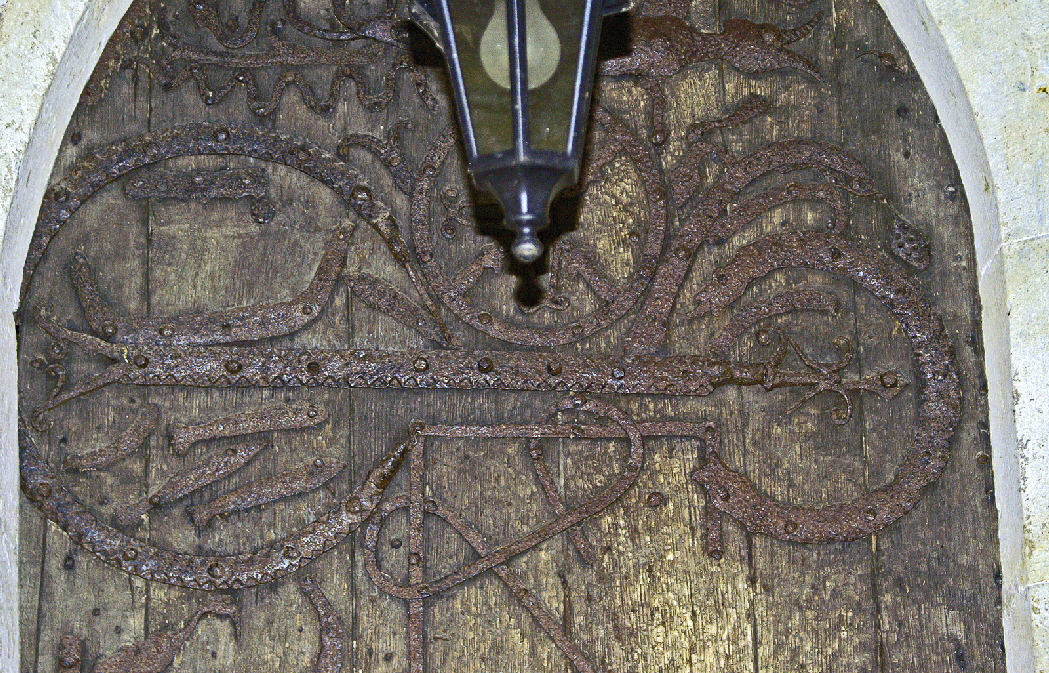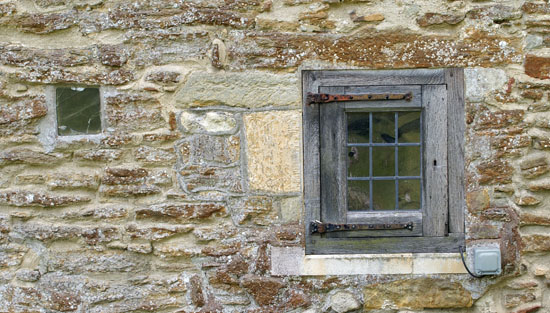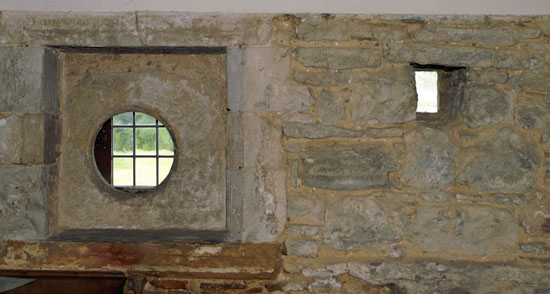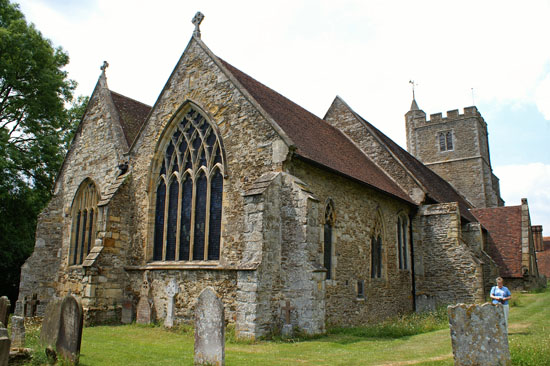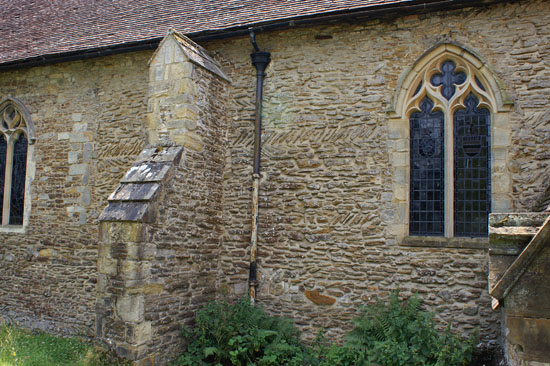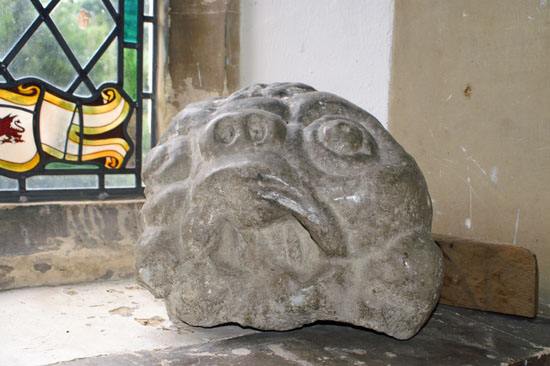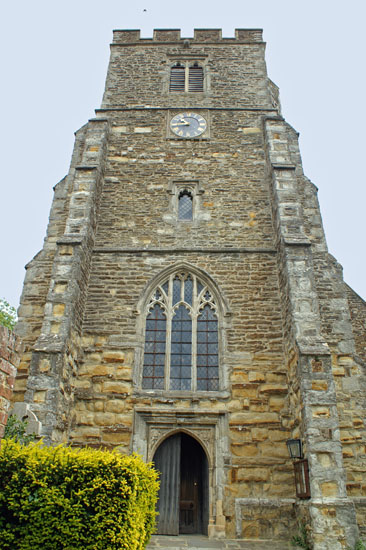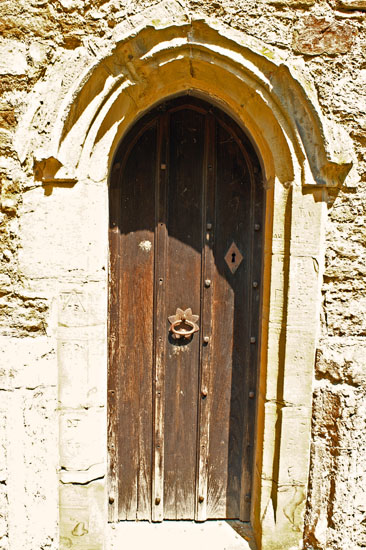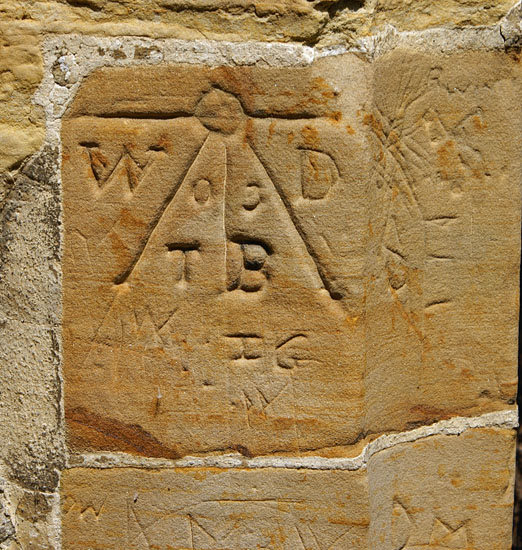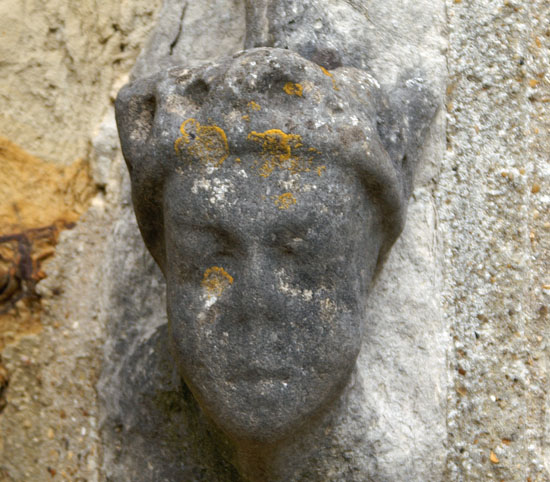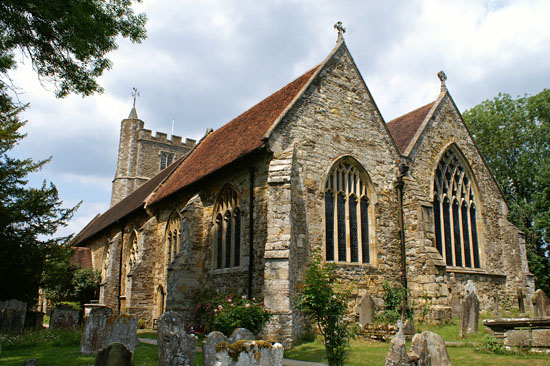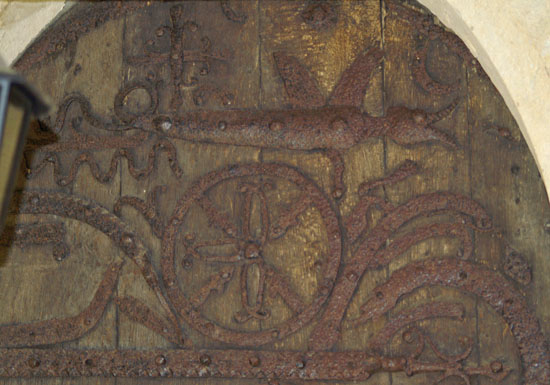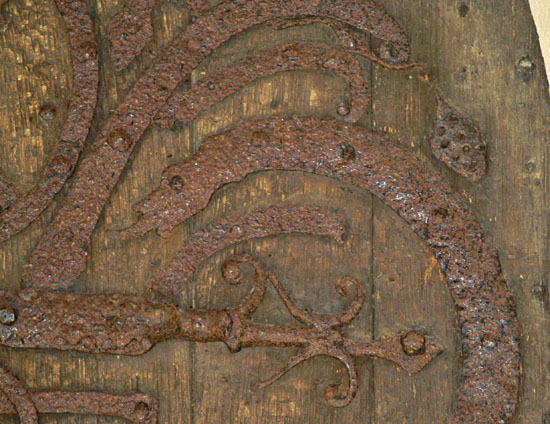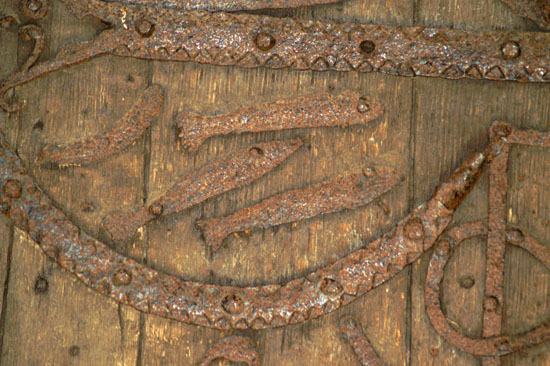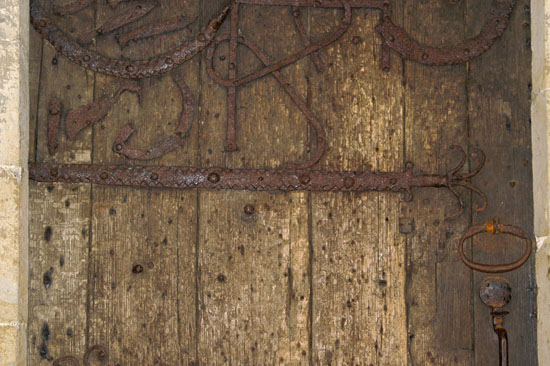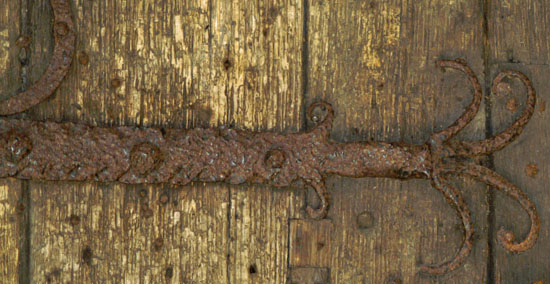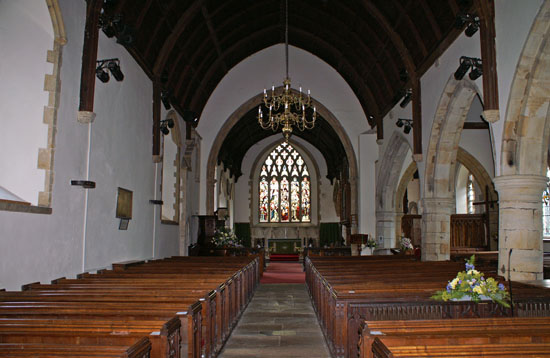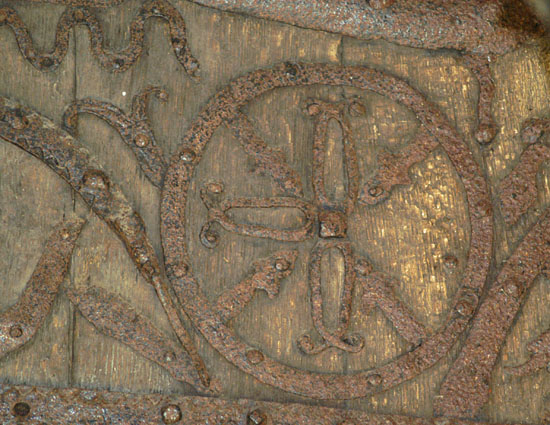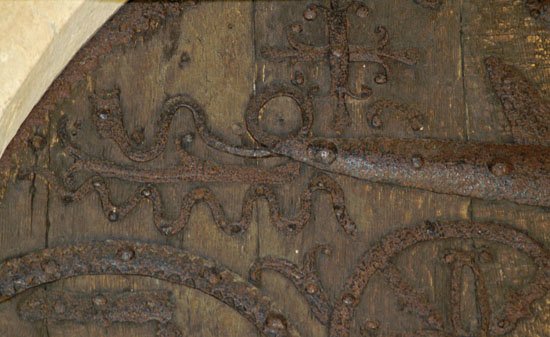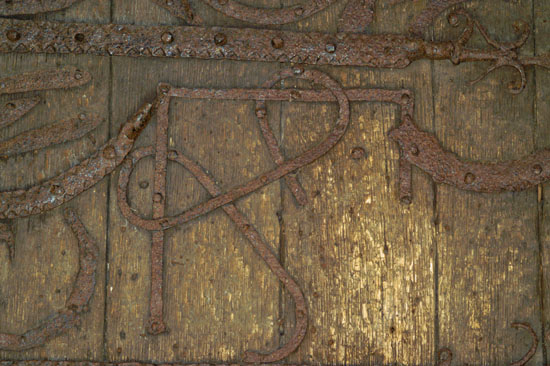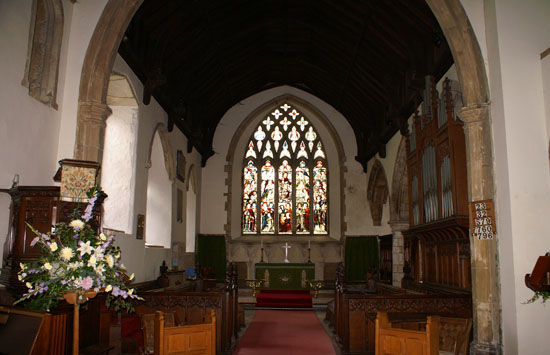|
So what is Ragnorok doing on a church in 1050? I think there are two possibilities. The first is that it is a manifestation of the divided loyalties of the Vikings. From 1016 to 1042 England was ruled by Danish kings, Cnut being the first and greatest of them. Denmark was “officially” made Christian in AD980 by Harald Bluetooth although, as usual, this may have been for primarily political and commercial reasons. Denmark was not fully Christianised until the mid eleventh century. Cnut was an avowed Christian but how much of his belief was politically motivated must be open to question. In any event there is ample evidence that the Vikings happily accommodated the Christian God alongside their traditional gods. For evidence of this we can do no better than to examine the many surviving cross slabs in the Isle of Man where many a Viking god - especially Thor - appears alongside Christian symbolism. There is no tradition of Vikings building churches in England. In fact, Vikings did not build in stone at all, hence the incredible wooden “stave” churches built in early Christian Scandinavia. Moreover, the Anglo-Saxons who preceded them as invaders had their own similar pantheon of gods. Ragnorok does not seem to have been part of their tradition but scholars have not been able to rule out elements of it having percolated into their belief system. You might put all this together and say that the door at Staplehurst is a manifestation of religious confusion and ambivalence with Anglo-Saxon builders having been influenced by Northern European tradition..
The second possibility favoured by the church’s own leaflet is that it is meant to portray the the new hope provided by Christianity while the pagan world destroys itself. This relies on the existence of a small cross-like design at the top left of the door. Personally, I find this theory unconvincing. There were so many more robust and obvious ways in which this could have been portrayed. Ragnorok is shown here in considerable detail, almost advertising the pagan legend. Moreover, Ragnorok has appeared at other English churches including a similar door at Stillingfleet in Yorkshire and on the great churchyard cross at Gosforth in Cumbria. Neither of these have any iconography to suggest Christianity prevailing over this apocalyptic vision.
On the north east wall there is a squint from what would have been an anchorite cell. For more on the subject of anchorites see Iffley in Oxfordshire, Ryhall in Rutland and Compton and Shere in Surrey. Sadly, little seems to be known about who occupied the cell and when.
The earliest substantial parts of the church including the chancel and the south aisle date from between 1200 and 1250, the Early English period. Most of the rest of the church dates from c14 and c15. The handsome west tower dates from between 1400 and 1425. There is a nice Perpendicular doorway with label stops that are believed to depict the heroic Henry V and his queen Catherine of Valois. There are also nice carvings within the door’s spandrels. Hardly a century passed without additions and modifications so that the church/, however. The result is a somewhat bland Gothic church such as you might pass every three or four miles in rural England. It must be said that it is a pleasing building externally with lovely mellow local limestone As with so many of those churches, though, there is a treasure lurking here in Staplehurst; and it’s an important one.
|
